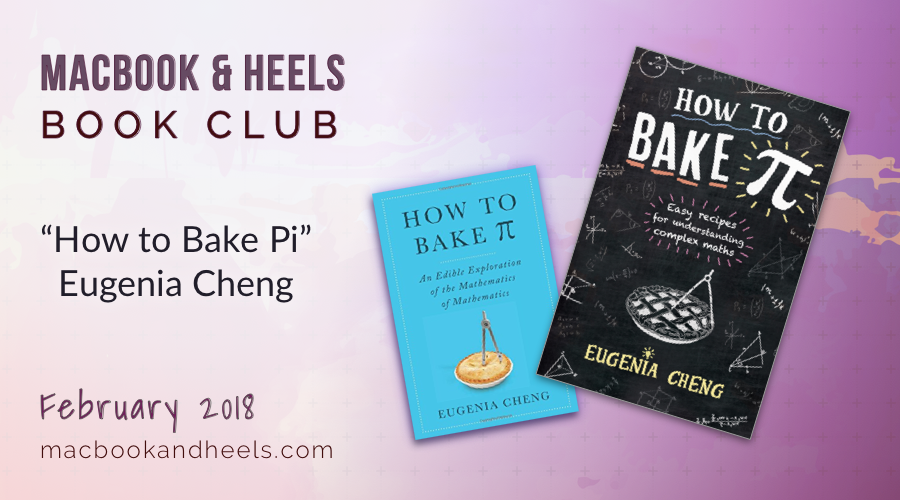
I’ve been reading How to Bake Pi the past 2 weeks. It’s a math book aimed at an audience with no background in the abstract, logical realm by describing many examples of metaphors to relate the abstract with tangible examples.
Thus far I finished part 1, which is chapters 1-8. I’m not going to critique the accuracy as I’m no expert in math but will offer some thoughts about the structure of material and reading workflow. I view books as products that went through packaging considerations before publication, and that’s my perspective for this review.
Organization Structure
It made sense that the author talked about abstract patterns before introducing more specific topics. Part 1 emphasized that math is abstract, and a foundation before broaching Part 2 of category theory. The slower progression to the deep end was appreciated, led me to feel more confident treading into new lingo and also to understand the gist of when specific concepts might be useful. This holistic view before delving into how to interact with specific concepts was helpful remember what is being discussed and why it’s important.
Writing style
I appreciate the author’s style of describing for clarity, to state things simply and thoughtfully explain more fully all the concepts throughout the book instead of leaving gaps of confusion. For example, on page 19, “The point of numbers is that we can reason about "things" without having to change the reasoning depending on what "thing" we are thinking about. This clearly written premise helps frame out the point of the entire discipline of math. As I understood, math is the ability to reason about relationships of things. This is abstraction.
There were also helpful hints about how to engage with math, such as, “The key in math, and with maps, is to find the most appropriate level of abstraction for the given moment.” There were plenty of people skills tips as well, regarding teaching techniques and interpersonal skills. That was interesting to stumble upon.
I felt that I understood what was written in the end - there were a few passages I re-read several pages at a time to follow the progression of thoughts. When publishing, there’s always a tough decision to make regarding the verbosity level in the text. Many people in this modern age of social media have a instinctual preference of instant gratification, to prefer shorter prescriptive texts; this book was more philosophical in nature while being collegial. I liked that.
I appreciated all the food references, it’s more relateable than video games or transportation case studies in so far as thinking about numbers. Thinking about a batch of cookies and portion sizes? Indeed my attention is focused.
As story telling goes there can be a lot of subjective opinion so the nuances - some of the authors’ experiences didn’t resonate but still interesting to hear. I’ll leave opinions about stories to my fine readers to draw their own conclusions.
Reading format
I read this book on a e-reader device. Last year I bought a kindle oasis on the recommendation of a friend prior to traveling on a family trip. These days I’ve been reading on my commutes to/fro meetings, and also when waiting for meetings. With a lack of desk/lap space the highlighting and note-taking features have been useful. I marked some text to reference when writing this post up and it made inserting relevant snippets quite nice. Have not found a way to automatically export a list of those but for now it’s not a problem.